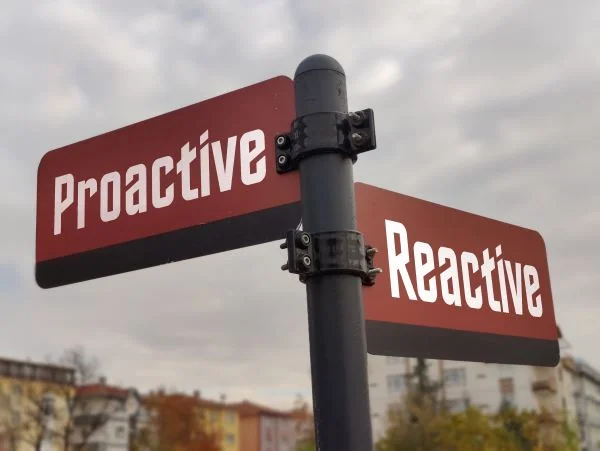1. Less Art – More Science: A structured approach to problem solving leads to more confident decisions and outcomes.
Problems by their nature can be very ambiguous and solutions often have a lot of uncertainty. Utilizing a structured approach to Problem Solving can help resolve the ambiguity enabling both faster outcomes and higher confidence that your decisions are the right ones by reducing the variability of “how” you solve the problem so you can focus more on the “what”.
2. Preventing a problem from happening again is often better than resolving the immediate incident quickly
While an active incident or problem may be having immediate impacts on business operations, having them recur over and over again can be even more costly. A key skill in problem management is assessing the likelihood and impact of recurrence and using this information to guide decisions on when to delay resolution of the immediate incident in order to increase the chance of finding a solution to the underlying problem.
3. Adding more people often slows down the Problem Solving process
One of the most common statements heard in incident discussions is “is there someone else we can call to help?” When dealing with difficult incidents and problems, it’s more important to have the right people engaged than more people engaged. Skilled Problem Solvers working with the right knowledgeable subject matter experts make for the best problem solving team. Sometimes less is more.
4. Problem Solving skills are more valuable than subject matter expertise
A proficient problem solver can learn most subject matter quickly. No candidate is ever a “perfect fit” for the role you are looking to fill and a trade-off must be made between skills, knowledge, and experience. Strong problem solving skills are often a very good indicator of a candidate’s ability to learn new subject matter quickly and adapt to their environment. Consider adding problem solving to your list of interview questions.
5. Culture is as important as individual skills when it comes to Problem Solving
Most of the difficult problems businesses face involve multiple people, teams, systems and processes. Solving these problems effectively requires a team effort. To increase your organization’s problem solving maturity, you will need to ensure there is a supportive problem solving culture to support team members using their individual skills to their full potential.
6. Be careful what behavior you are rewarding
Most operational metrics and rewards systems focus on short-term performance – encouraging employees to “keep the line moving” or “bring the system back up quickly” instead of focusing on solving underlying problems to ensure long-term quality and performance. Consider what behavior your measurement and rewards systems are driving. Perhaps it’s time for a change.
7. Don’t mask problems, they are a healthy part of your business and provide feedback on where you can improve
It can be tempting to “smooth over” issues and make the performance of a team or process look better than it really is. Encouraging employees to raise problems when they see them is an important part of the continuous improvement process. The sooner you can identify problems and resolve them, the better your performance will really be.
8. The hardest problems to solve are often the most beneficial
When prioritizing problems for analysis and resolution, it is important to balance the “quick wins” and “low-hanging fruit” with the more difficult problems that will take more time and effort. Although the easy problems may be able to be resolved faster, it is often the difficult ones that can have the greatest impact on operational costs, process performance and/or product quality.
9. Beware of “known issues” and “work-arounds” – they usually represent problems that haven’t been fully solved
Known-issues with some sort of short-term-fix (STF) or work-around in place often add up quickly to create a productivity burden on employees and potentially a morale issue as well. Consider whether it is time to focus your problem management efforts on preventing these known issues from occurring.
10. If you think you don’t have any problems – that’s a problem!
The good news is, you are reading this article, so you probably already realize there are some problems in your organization that need addressing. Beware of anyone who says “there aren’t any problems, everything is great!” – they are either lacking awareness of their environment or may be hiding something. Acknowledging problems when you become aware of them is the first step to solving them.
About Kepner-Tregoe
Kepner-Tregoe has been helping companies improve their Problem Solving skills since 1953, offering structured Problem Solving methods, skills training, and organizational consulting. We have worked with customers across a wide variety of industries and can help you implement a problem solving method tailored to your business’s unique needs.



